- ConstructAdd’s 11 members, including academic partners and machine and steel producers, gathered at IMDEA Materials Institute to celebrate the project’s second progress meeting.
- ConstructAdd aims to facilitate the widespread adoption of steel additive manufacturing (3D printing) in the construction and automotive industries.
IMDEA Materials Institute in Madrid in Spain has played host to the second progress meeting of the European ConstructAdd project.
Financed by the Research fund for Coal and Steel, the aim of ConstructAdd is to facilitate the use of Additive Manufacturing (AM) in the design, production and maintenance of complex and large steel geometries.
It is hoped that doing so will offer resource-efficient and reliable products with reduced waste and energy consumption. To achieve this, ConstructAdd brings together 11 partners from a number of European countries.
The most-recent meeting was attended by all project partners including coordinators the Politecnico di Milano, RWTH Aachen University, The University of Pisa, Prima Industrie S.p.A, BLM Group, Det Norske Veritas, Cimolai S.p.A, Vallourec, MIMETE, ArcelorMittal Tubular Products Europe along with hosts, IMDEA Materials.
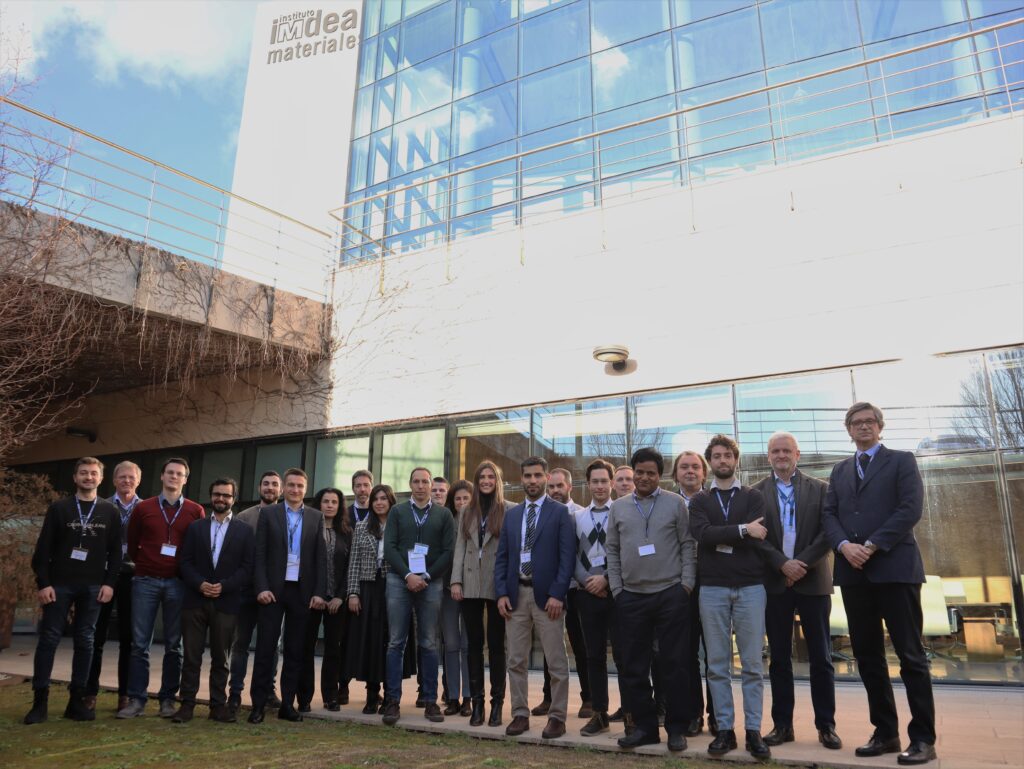
“In the past two days, together with partners from several disciplines, we discussed early ideas and initial activities to understand better…the possibilities afforded by additive manufacturing in the architecture, construction and automotive industries”, explained project coordinator Alper Kanyilmaz from the Politecnico di Milano.
Making ConstructAdd of even greater significance to the future of steel additive manufacturing is its unique scope. It seeks to bring together two of the world’s largest steel consuming industries, the construction and automotive sectors, into the same project.
ArcelorMittal, through its Tubular Products Europe division, is one of two steel producers involved in the project, alongside the French-based Vallourec.
And Head of Technology & Product Development at ArcelorMittal Tubular Products, Gorka Iglesias, highlighted the importance of the project’s broad reach in amplifying its potential impact.
“Bringing people into the same room, people from construction and the automotive industries with such different approaches to the market provides added value for the project,” he said.
ConstructAdd has set out to prove that the introduction of additive manufacturing technologies in the steel production section can reduce energy consumption by approximately 30% and create less waste during fabrication than existing manufacturing methods.
Also of great interest to product partners in both the automotive and construction sectors is the potential for increased design possibilities that 3d-printed steels present.
“In the end, we can see that reducing the weight and material waste is something we can get out of this project, but also…design flexibility,” said Gorka.
While there are great hopes for the future potential of additive manufacturing in the mainstream of steel production, hurdles still remain.
One of those is ensuring that 3d-printed pieces and components can comply with the standards required in the automotive and in particular civil construction sectors. That’s where Det Norske Veritas, a world-leading certification body, steps in.
“One needs to not only develop this technology, but to also prove that it can actually fulfill the requirements of the relevant standards,” said DNV Global Practice Lead for Additive Manufacturing Sastry Kandukuri.
“So, what we are doing in this project is to do these things, the technology and the standards in a parallel way which will hopefully help to improve the process and make it more efficient.”
The project’s next progress meeting will be held in Turin, Italy in September.
ConstructAdd is funded by the Research Fund for Coal and Steel under the Grant Agreement 101057957.
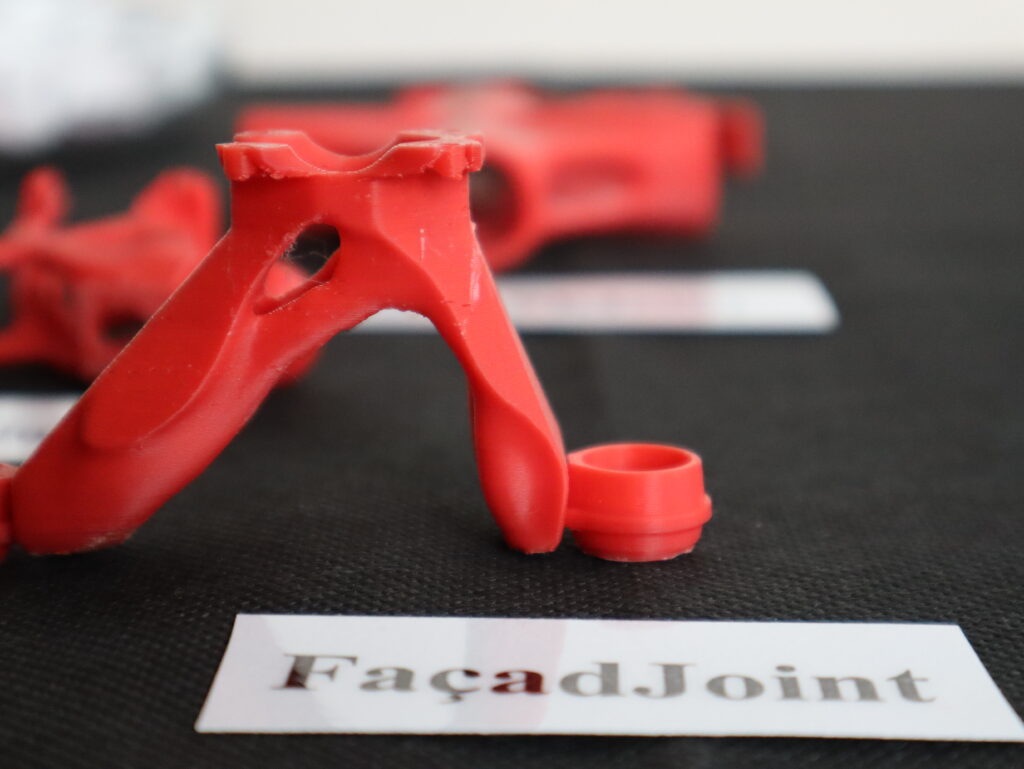
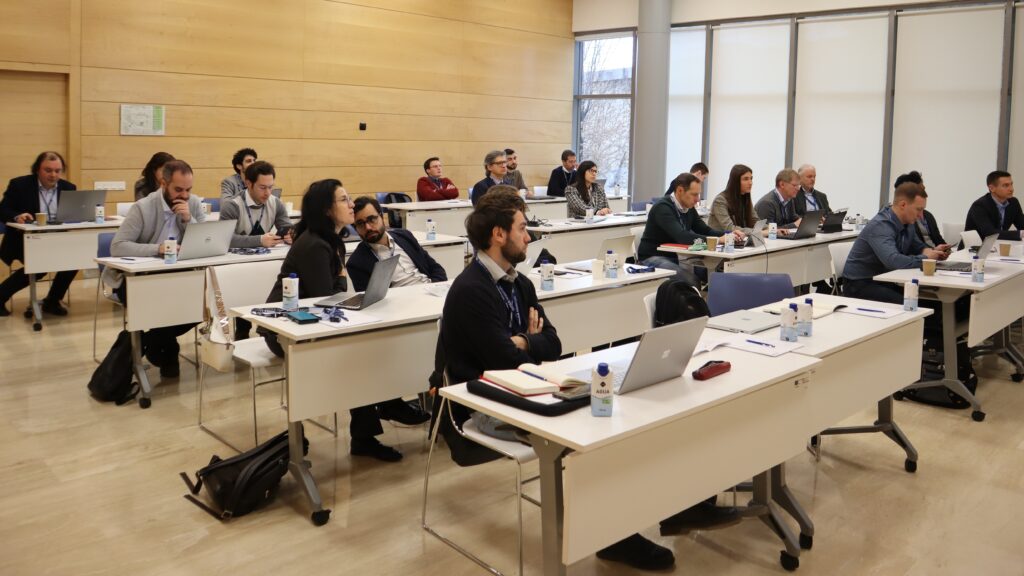

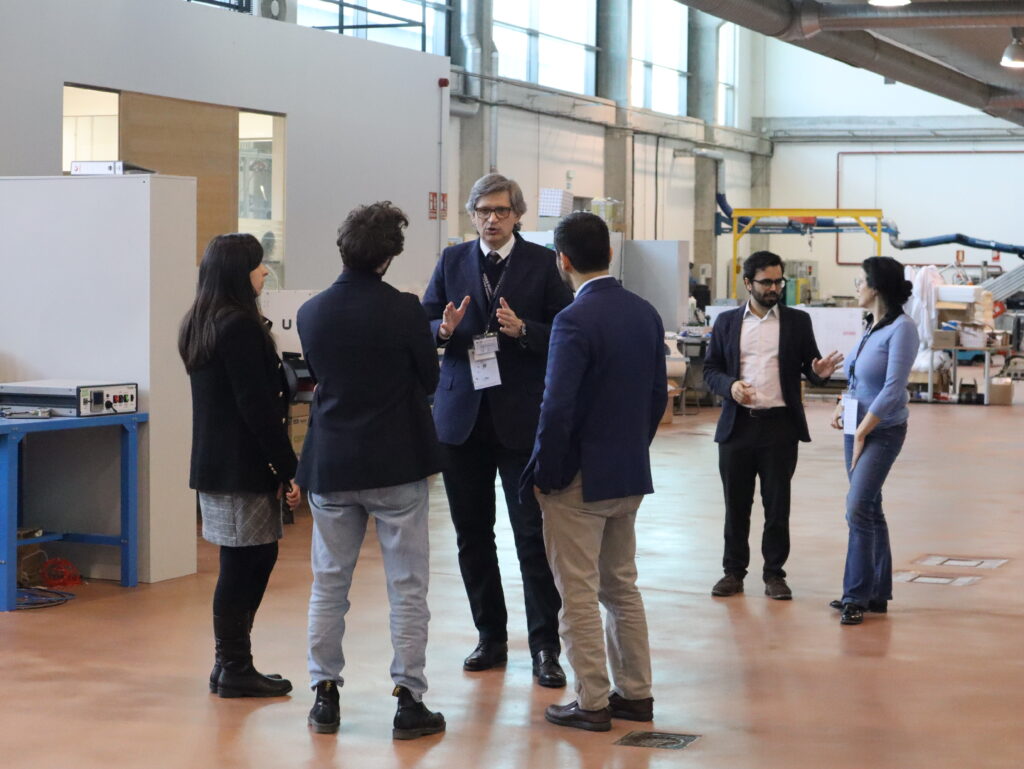
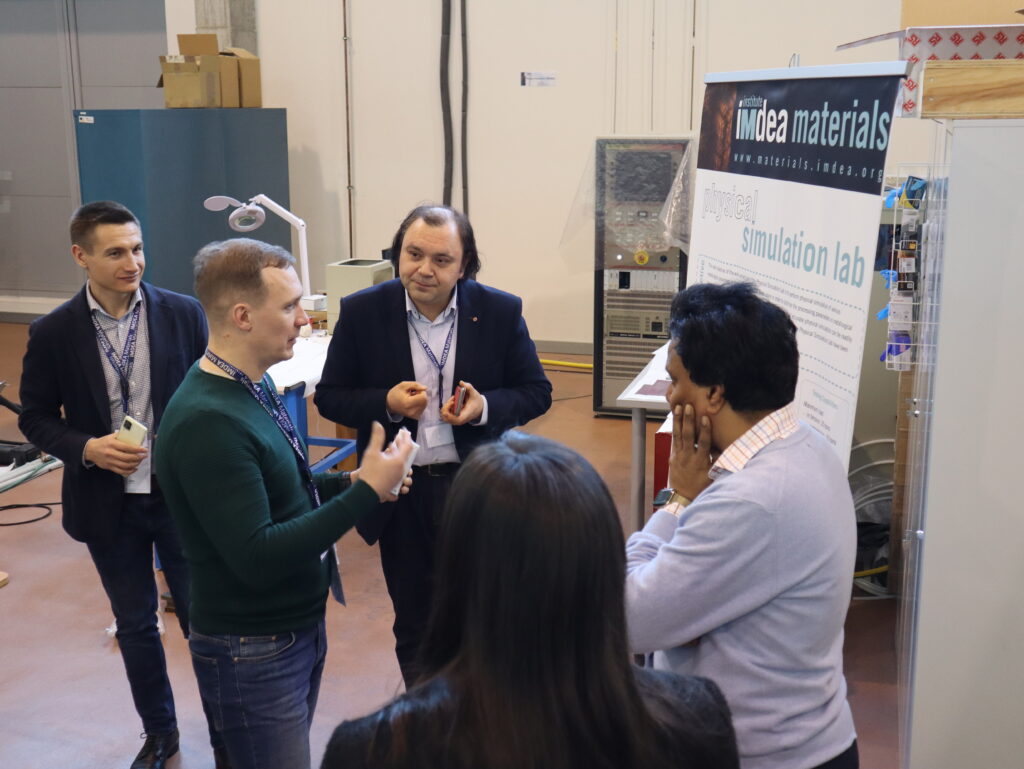
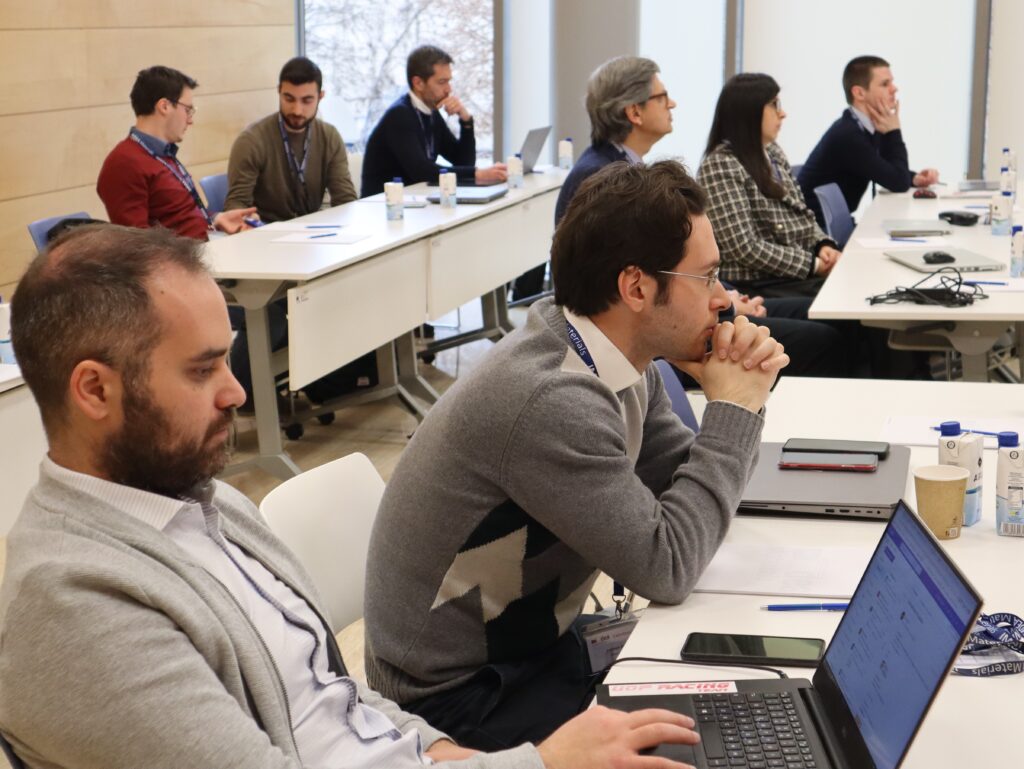
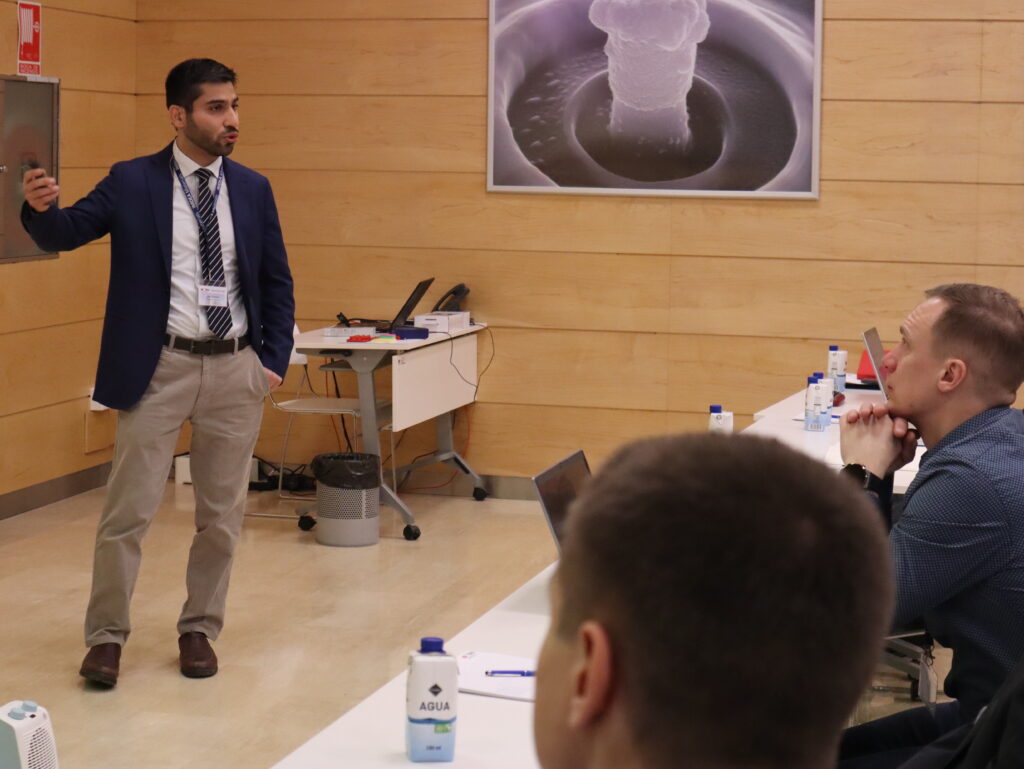
“Funded by the European Union. Views and opinions expressed are however those of the author(s) only and do not necessarily reflect those of the European Union or Research Fund for Coal and Steel. Neither the European Union nor the granting authority can be held responsible for them.”

